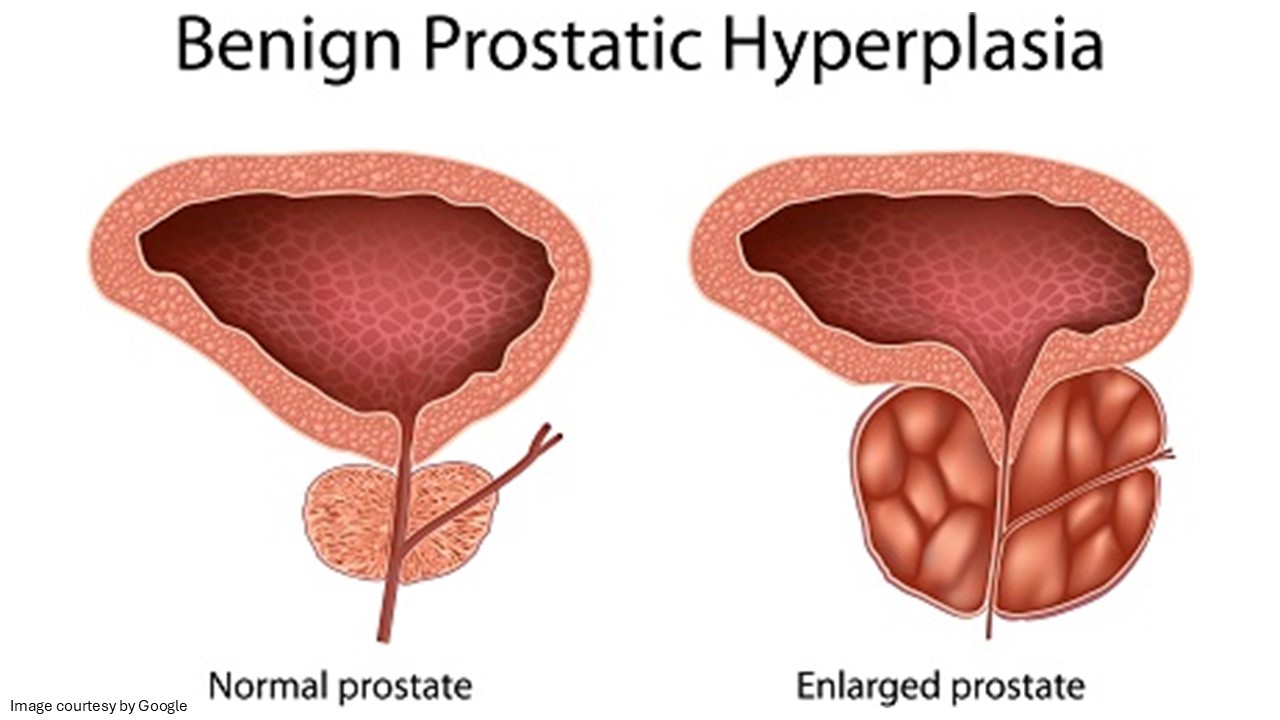When it comes to men’s health, discussion often revolves around nutrition, fitness, and heart disease. Yet, one topic that rarely becomes part of conversations is urinary and prostate health. The bladder and prostate play a crucial role in males’ overall well-being, and complications in any of these areas can significantly impact one’s quality of life. Unfortunately, a lot of men ignore early symptoms of a bladder problem or a prostate issue, either due to embarrassment, lack of awareness, or assumptions that the subtle symptoms develop slowly are just part of ageing or sometimes a lifestyle change. These signs are often overlooked, but recognising the early symptoms associated with bladder and prostate problems can lead to timely treatment and help avoid serious complications later.
Let’s know why bladder prostate health is essential, what as a man you should know about the early signs of bladder and prostate issues, common conditions associated with them and when it’s time to see a doctor.
Bladder and prostate: A crucial aspect of men’s health
The bladder is an organ, much like a balloon, that stores urine. At the same time, the prostate is a small gland that lies below the bladder, secreting seminal fluid (a component of semen), which nourishes and transports sperm during ejaculation. Because of this close connection with the male anatomy, complications associated with the prostate can lead to discomfort or other urinary problems and other serious conditions that require medical attention. With advancing age, the risk of conditions like an enlarged prostate, prostatitis (an infection or inflammation of the prostate), urinary tract infections, and bladder or prostate cancer significantly increases in men.
The American Urological Association suggest that more than half of men over the age of 50 will develop some enlargement of the prostate gland, and the risk rises with each passing decade.
Can bladder cancer affect the prostate?
Well, bladder cancer is more likely to spread to the structures near the bladder, such as the urethra, ureters, prostate, vagina in women, or into the pelvis. This is termed as local spread or locally advanced cancer. One should be aware of bladder and prostate cancer symptoms to treat the root cause of the condition.
In between, the good news is that most bladder prostate conditions develop slowly and show subtle symptoms that can be identified at an early stage, if a man is aware of what to watch for.
Early signs every man should look for:
Early detection is key to preventing bladder and prostate problems and leads to better health outcomes. Below are the early signs that every man should be aware of:
- Difficulty initiating urine – One of the first red flags is trouble urinating, including starting urination. You may feel a strong urge to pass urine but find yourself sitting at the toilet seat waiting for things to begin. This hesitancy is often reported due to an increased size of the prostate, putting pressure on the urethra, a tube that joins the bladder to the outside of the body, allowing urine to pass out.
- A weak or interrupted urine flow – The urinary stream of a healthy individual is steady and strong. If the flow is interrupted, like it becomes weak, dribbly, or stops and starts, it could be an indication of a restricted urethra due to an enlarged prostate. Many men ignore this by thinking that they are getting older, but it’s a key sign of a potential prostate problem.
- Frequent urination, especially at night – Waking up once in a while to urinate may be normal, but if you are waking up more than once during the night because you must pee, it can be nocturia. Causes of nocturia may include too much consumption of fluid, sleep disorders, bladder obstructions or even early kidney issues. Peeing more frequently during the day can also be a warning sign.
- Sudden urge for urination –Even if you are bladder is not full and you still have that “can’t hold it” feeling, you could be going through bladder irritation or prostate changes. Some men may experience urge incontinence, an overwhelming urge to urinate, often resulting in involuntary leakage before even entering the toilet.
- Feeling like the bladder doesn’t empty – If you often have the feeling that you still need to visit the bathroom even after urinating, it could mean the bladder isn’t completely emptying. Over time, this problem may progress to an infection, bladder stone, or even cause damage to the kidneys.
- Pain or burning in the urine – A burning sensation or pain while passing urine could be an indication of an infection, but in males, it can also point towards bladder irritation or prostatitis. Persistent pain should always require medical attention.
- Blood in the urine/semen – Even small traces of blood should be checked by the doctor. The reason behind Haematuria (blood in urine) may be the presence of infections, stones, or, in severe cases, bladder or prostate cancer. The presence of blood in semen could be associated with prostatitis or other conditions.
- Sexual health changes – The prostate can affect both urination and sexual function. Early symptoms of prostate problems could sometimes appear as trouble maintaining an erection, painful ejaculation, and decreased force of ejaculation. These symptoms often overlap with urinary changes, making them more noticeable.
- Pain in the pelvic area or lower back pain – Chronic pain felt in the lower back, hips, or pelvic region is sometimes associated with prostatitis or a more advanced prostate condition. When combined with urinary changes, it should be taken seriously.

Why do men dismiss these symptoms?
Many men ignore early urinary or sexual symptoms because they often consider them as an unavoidable part of ageing. Some may be embarrassed to discuss them even with a doctor. But the fact is, early intervention leads to complication-free treatment, which supports better health outcomes.
- For example – Symptoms of a bladder problem overlap with prostate symptoms.
- Prostate enlargement or benign prostatic hyperplasia can be treated with medications or other minimally invasive treatment methods.
- Prostatitis or inflammation of the prostate often improves with antibiotics recommended in conjunction with lifestyle changes.
- Bladder and prostate cancer symptoms are more likely to be treatable if detected in the early stages.
Ignoring these signs can transform minor problems into infections, kidney impairment, bladder damage, or advanced cancers.
When to see a doctor?
Not all urinary changes require medical attention, but certain symptoms need to be closely watched. Both bladder and prostate cancer symptoms can appear with overlapping symptoms, specifically related to urination. Seek medical help straight away if you develop:
- Urinary retention (inability to urinate)
- Visible blood in the urine
- Persistent pain in the pelvic region
- Recurrent fever accompanied by urinary discomfort.
Final thought!
Bladder and prostate health should be part of every man’s wellness. The early signs, such as urinary changes, frequent nighttime trips to the toilet, pain, or blood in urine, should never be ignored. Pay attention to your body, don’t avoid urinary or sexual changes while thinking of them as just getting older. Establishing a relationship with a urologist can help reduce the risk of urinary diseases and aid in fighting long-term health battles more effectively.




